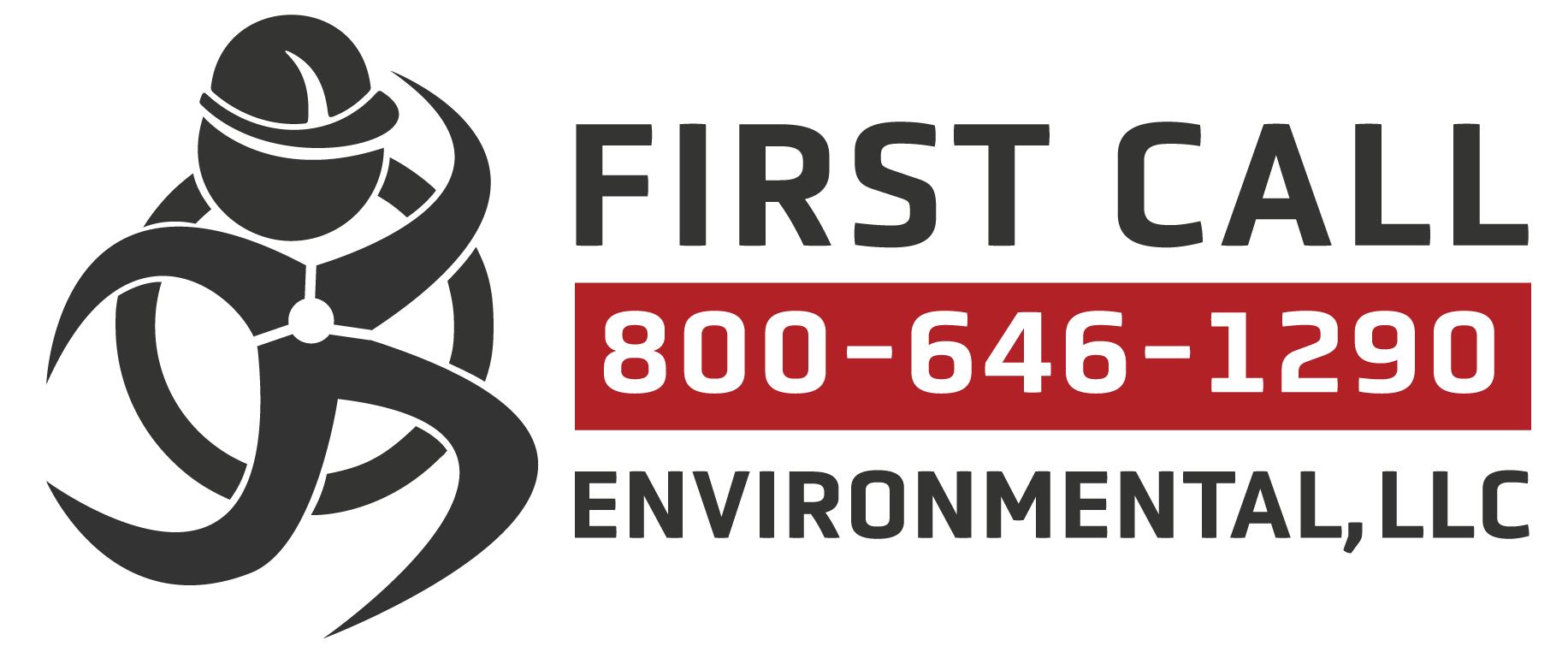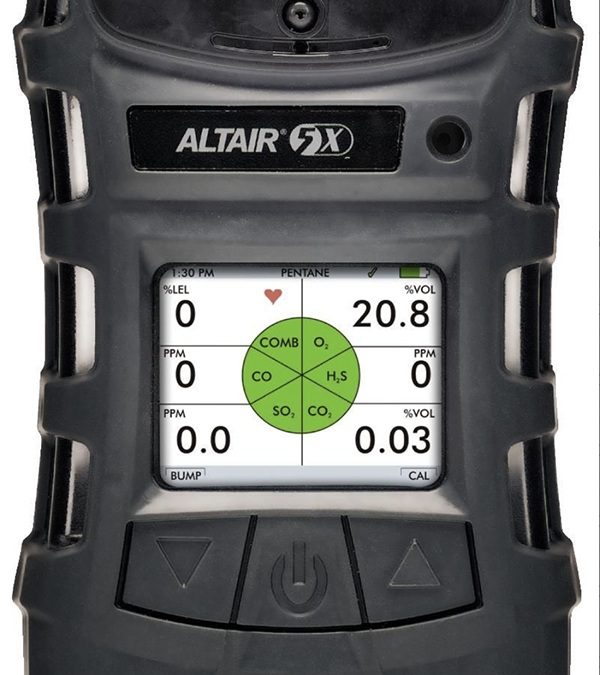MSA Altair 5X is the primary piece of air monitoring equipment that FCE uses to measure air quality.
What does the MSA Altair 5X measure and why is that important?
It measures Oxygen (O2), Carbon Monoxide (CO), Hydrogen Sulfide (H2S), Lower Explosive Limit (LEL), and Volatile Organic Compounds (VOC’s).
When and how do we use it?
Anytime that we are confronted with any kind of atmospheric concern with a known or unknown chemical. Liquids, gases and solids have the ability to off gas and may produce a harmful atmosphere.
Anytime an SDS mentions any kind of hazard
We use it during any kind of confined space call to verify the need for ventilation as well as a clean atmosphere.
This piece of equipment is primary tool to verify when to downgrade or upgrade our respiratory PPE.
That is why we need to verify that we effectively perform a fresh air calibration in a clean atmosphere before each use. We also need to perform a bump test before each use so the monitor knows what to sniff for. There is also a routine calibration schedule that must be followed.
Utilizing proper air sampling techniques is imperative to ensure a safe environment.
Sample the environment at the entry point to identify if this is an environment that may require respiratory protection to include SCBA or further planning prior to entering IDLH atmospheres.
Make sure readings are measured at floor level, waist level and ceiling level. The reason is because each chemical has a different specific gravity and gases can also be affected depending on things like temperature and humidity.
It is recommended by MSA that a sample is taken for at least 45 seconds to 1 minute in each sampling location to allow the sensors to appropriately respond.
When conducting air monitoring it is important to do so in a slow and methodical manner. Briskly walking through an environment does not allow time for effective air sampling.
Oxygen: Normal O2 in the atmosphere = 20.9%
Action Levels =
Anything less than 19.5% means that there is a lack of oxygen and the crew will need to continue with an SCBA.
Anything above 23% means that there is an oxygen enriched atmosphere and there is an increase fire hazard due to flammability.
Carbon Monoxide is an odorless and colorless gas that can cause sudden illness and death.
CO is created in fumes produced by fuel in vehicles, small engines, stoves, grills, fireplaces, gas ranges and furnaces.
Carbon monoxide poisoning symptoms include but are not limited to: Headache, dizziness, weakness, nausea, vomiting, chest pain and confusion.
Action Levels = Normal background is 0-9ppm. Anything above 35ppm require an SCBA.
Flammable range of an explosive gas is presented in an explosive limit.
We measure the lower explosive limit (LEL).
Action Levels of the LEL: Less than 10% of LEL means that we continue with caution.
10-25% of LEL means that we continue with caution & use continuous monitoring.
Greater than 25% means that we immediately Withdraw due to an increase in explosive hazard and we need to ventilate or suppress the vapors.
Hydrogen Sulfide Found in sewer gas or sewage. Produces a rotten egg smell and a Highly toxic gas.
Action levels for our monitors: 10-PPM. Also, keep in mind that a smell present at 0.5-PPB.
20 ppm = smell & eye irritation. 100 ppm = no smell, medical signs & symptoms.
300 ppm = unconscious.
Volatile Organic Compounds (VOCs) come from paints and lacquers, paint strippers, cleaning supplies, pesticides, building materials and furnishings, office equipment such as copiers and printers, correction fluids and carbonless copy paper, graphics and craft materials including glues and adhesives, permanent markers, and photographic solutions.
Organic chemicals are widely used as ingredients in household products. Paints, varnishes, and wax all contain organic solvents, as do many cleanings, disinfecting, cosmetic, degreasing, and hobby products.
Fuels are made up of organic chemicals. All of these products can release organic compounds while you are using them or when they are stored.
(VOCs) are a health hazard resulting in eye, nose, and throat irritation, headaches, loss of coordination, nausea, damage to liver, kidney, and central nervous system.
Action levels: OSHA has adopted a Permissible Exposure Level (PEL) of .75 ppm, and an action level of 0.5 ppm.

